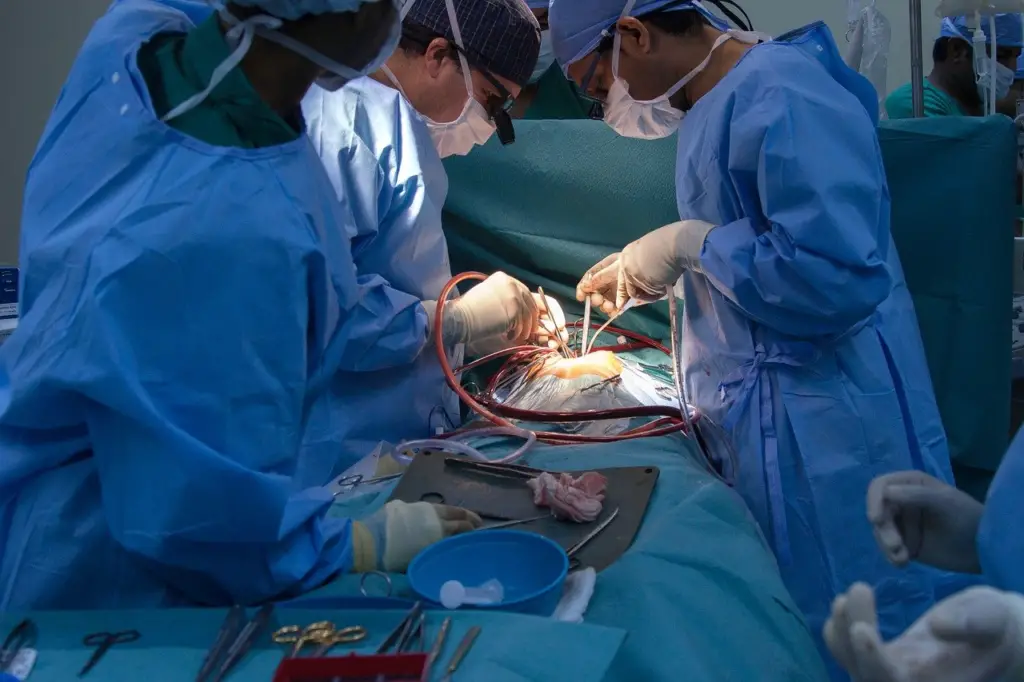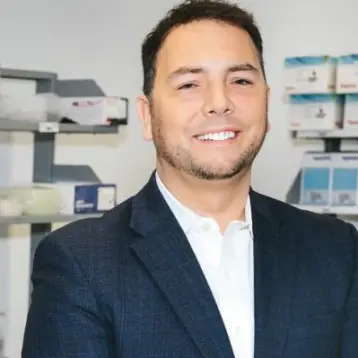The future looks bright for those with horrible injuries. The advancements made in medicine and surgery have been incredible over the last few years. We must also acknowledge that some very important progress has been made in the affordability of various treatments. Once upon a time, certain surgery options were out of the question as some patients were simply not able to pay for the services. This limited options for millions of people and since these times, the 2020s will become a revolutionary time. But why has this occurred and why has it all come to a-head now? We will explore some amazing healthcare technologies, methods and materials that are now being used, to mend human beings with fractures, muscle tears and ligament damage.
Vertebral augmentation
Perhaps the most common kind of vertebrae injury is fractal. When the spine has been damaged, it’s painful beyond words and the fear of being paralyzed is realized by those that have ever experienced it. The issue is, open surgery leaves a lot of scar tissue, more damage is done and more physio is required for the patient. So, minimally invasive surgeries are the first option and many surgeons would like to go this route than any other. Vertebroplasty is one such method which
Vertebroplasty is a procedure whereby a very special form of cement is going to be slipped into the fracture of a vertebra with the aim to allow the bone to heal or to form as part of the structure of the spine. This can help the patient to become mobile again, support his or her own weight on their spine. The advancement in the minimally invasive surgery techniques has meant that patients that were confined to just nonsurgical options, can now have this option. Patients that would have years and years of expensive therapy to look forward to, can now have a short procedure performed on them and the recovery period, maybe up to 6-12 months.
Titanium & carbon fiber
When a joint was to be replaced, usually it would be steel or titanium that would be the material of choice. The surgeon would want something that is going to be tough, rigid and allow the muscles to be supported by a strong structure. Whether they were going to replace a hip, rotator cuff or perhaps a vertebra, steel or titanium would have been the only two choices. However, now, carbon fiber has become the number one choice for surgeons and patients.
For bone grafts, carbon fiber has been the top choice because it is radiolucent, which allows the joints to not show up on X-rays. This gives the surgeon or doctor a better view of a bone fusion to be seen. They can spot if they have properly forged the bone, it’s aligned and it will not need to be retouched by their hands for a long time.
Plastics also…
Another material that is being developed is polymer. This kind of material has been used for modern military weapons, and has proven itself to be very strong, yet flexible. During bone graft surgeries, it’s a compromise to use the patient’s own bone. This can make one section that is strong, weaker to make another section a little stronger. It’s not what surgeons want to do all the time. So PLA or polylactic acid polymers are being developed to play the role of a bone graft. The aim is for them to be fully biodegradable. This is key so that the bone can replace the graft with new bone. However, getting plastics to fully dissolve over time is difficult. And to make them safe as this occurs! Doubly challenging.
The PLA being developed will need to be flexible, as the bone will tend to flex under pressure and thus, create new bone that can cope with flexion, tension and behaving like bone should. It’s complex and costly to develop a PLA that can do this but advancements are being made so that it can be used for spinal implants as it could offer dynamic movement.
Scoliosis surgery
Scoliosis has to be caught quickly, otherwise, it can be an extremely painful recovery after surgery. The bending of the spine can lead to many complications, namely digestion, breathing, sitting comfortably, sleeping and walking. Over the years we have seen many advancements in this form of surgery but one of the most advanced is in the Southwest Scoliosis Institute. They have served over 30,000 patients, and performed well over 6,000 surgeries for scoliosis, so they know their way around this condition. They have great revision surgeries that will seek to straight the spine after it has been in a curved position.
The advancements that have been made also include the minimally invasive option. They do not have to make large incisions, instead, they use laparoscopic techniques to repair the spine. This is when tiny holes are made in the skin and tools are slipped into the body to slowly correct the degree of the spine. They use superior imaging to see what is going on and what the surgeon is near. The computer-aided advancements allow the surgeons to plot the repair and be more accurate in their work. As you can imagine this allows for a far faster healing process. The invasive surgery is far better than conventional surgery which creates far too much scar tissue and will require a lot of physio afterward.

Knee replacements
Accuracy is the key to any surgery. When the surgeon can be as accurate as possible, it can help the patient to heal quicker and for the work to be of a more permanent stature. Knee replacement surgery is one area which has seen a rapid advancement in techniques of surgery. Sometimes it’s not about materials, tools or any kind of miracle magic. Most of the time the advancements happen in small but very important ways. The knee and or hip replacement surgeries are now being done with robotic-assisted systems that improve the accuracy of the repair. The robot will understand the axis of the structure, they will scan the area, and understand where the bones are or should be. The knee replacement surgeon will be shown how to align the new knee.
Another way that knee replacement surgeries have improved is they no longer use special cement. Special cement was used to attach the bone to the area. However, biologic fixation is now the main technique. The new structure is essentially attached to or merged into good bone. The knee replacement has a longer structure that can attach to the leg bone or be funneled into the leg bone itself. Younger people, mainly athletes, would find this technique better as it will cause less arthritic pain.
Face transplant
One of, if not the single-most interesting surgical area of advancement is, face transplant. We all saw the very first face transplant of the French person who had their face bitten by a dog. It was the first of it’s kind and we were all taken aback by how good it turned out. However, she was unable to move her top lip, her cheeks were unable to move as freely and eventually, she got back about 30-40% movement in her face. However, it wasn’t perfect. But we weren’t expecting too much.
Now however modern face transplants are a thing of true beauty. They use computer imagery far more complex than anything that is close to what the first transplant used. They can create 3D printed structures of the patient, and then print other items that would help to show what the face would look like if the surgery went ahead. This can be something tangible and real that the patient can touch and judge. The titanium plates are used to reconstruct the skull. The muscles are also stimulated and formed and the face is structured to accept the new face in conjunction with the plates and other titanium supports. What is key, is the 3D printing of the old and new face, which allows everyone to assess the operation’s goals, before it has happened in a much more tangible way.
The future
It’s clear that the future of surgeries is quite bright. We are now building machines that allow the surgeon to perform incredibly precise moves and this lends itself to more accuracy and better healing. With the addition of 3D printing for prosthetics and 3D imagery helping to translate the surgeon’s mission to patients, it means that the future will have faster healing, more successful operations, patients that have a higher degree of understanding about what they are about to go through and more options. Thanks to invasive surgery advancements, the overall healing process and less physio means that we can get back to our normal lives, that much faster.
It’s quite incredible how all of these types of surgeries have evolved over the years. Surgeons have got a lot of help from computer systems and that can only mean they are performing better at their craft.










